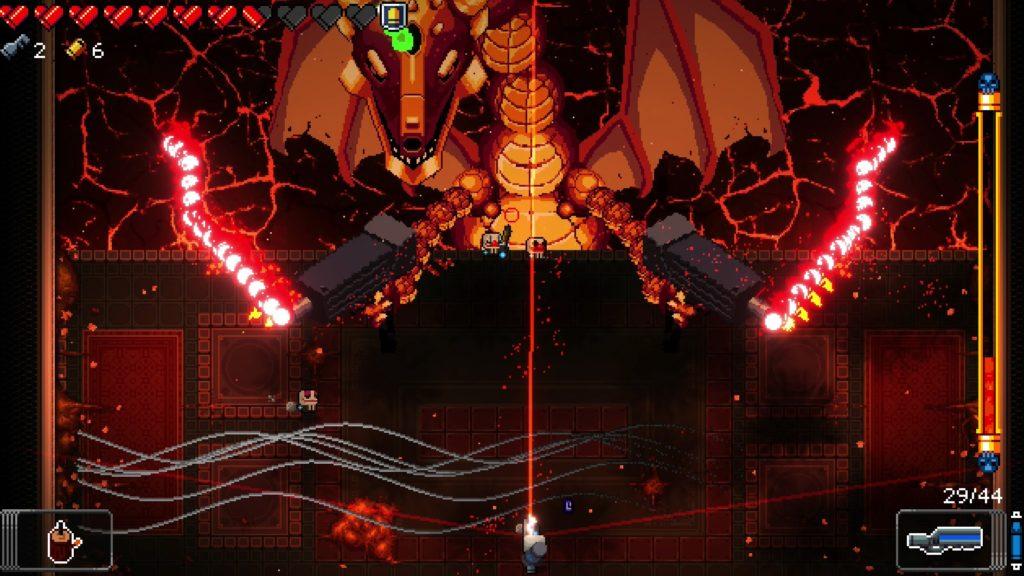For my Critical Play this week, I chose to play Checkers with a friend online. Checkers is a strategy game that almost everyone knows. Its target audience is just about anyone, and its origins trace back to ancient Egypt, but it appears to have been formalized in France somewhere around the 12th century as we know it today. It is a physical board game traditionally, however as stated, I played with a friend online as I do not have the physical board game. I believe Checkers is very similar to our current game because we also have a grid-based strategy game with a sort of similar “race to the end” element built in trying to complete your recipe. As you complete your recipes, you get closer to winning, and in checkers, as you race to the other side of the board and create queens, you also have a higher chance of winning. Similarly there is ability to interfere with others strategic plans depending on how you place things on the board, or it is even possible to accidentally help your opponent. All of these are why I felt this game was adequate for my Critical Play this week.
However, while Checkers is a 2-player direct opponent based strategy game, our game as it stands leaves much more up to chance with our method of dice rolls for gaining ingredients to complete your recipes. In combining a certain level of chance with strategy, I believe we provide more fun constructive chaos that makes the game more entertaining than I personally think a game of Checkers to be. While Checkers is structured in a way that really relies on long term strategy and continuous control of the board, adding chance as a primary element in our game re-emphasizes adaptability. You must adapt to the different cards you are dealt as well as how your many opponents may impact the board on which you are trying to build, requiring a more frequent strategic update than Checkers does. This to me is more fun because it is fundamentally more learning.
Another key difference is a particular dice roll in our game (rolling the number 6) which allows you to remove or move anything on the board for your own gain. This also adds a certain level of randomness and sabotage that I think makes the game more entertaining in its unpredictability. Progress in Checkers is very cumulative, you go from point A to point B to point C and nothing from before is able to be erased. This mechanic of change allows for some level of reconstructing the past, once again re-emphasizing and rewarding adaptability over long-term planning and strategy.
Overall, comparing our Mechanics, Dynamics, and Aesthetics with Checkers, we see that our game employs mechanics like grid-based placement, dice rolls and physical place pieces that serve the player’s goal, sabotage with direct interaction, and chance; whereas Checkers employs mechanics like grid-based placement, but also very simplistic movement, forced capture, and one higher level token of a queen. It does not employ any level of chance or randomness.
As far as the dynamics that arise from this, Checkers as a pure strategy game has a slower buildup over time, as you are supposed to be thinking 2, 3, even 4 moves ahead. It is also notably difficult to get ahead once again after a player has advanced control of the board. This makes the game more tense, a Chess-lite of sorts. Our game however is much more reactive, you must change your course of action every step of the way, and it is far from predictable. Especially due to the aspects of chance, it is possible to “comeback” at any moment in the game. This unpredictability creates the foundation for a more interactive and fast-paced experience, as you are not slowly trying to plan out your next however many moves.
The ultimate aesthetics that arise from this is an overall sense of constructive chaos, its strategic, but its also based on luck, and there is a sense of satisfaction that comes from “beating the odds” so to speak. Its unpredictability allows it to become a sort of emotional rollercoaster, where you can experience betrayal, surprise, joy and frustration. Checkers in comparison gives rise to aesthetics that are more calm, contemplative, and predictable. Similar to Chess, it has aesthetics of pure challenge: a simple, entirely strategic game.
Looking at Checkers more analytically, it is a perfectly fine strategy game. It is elegant in its simplicity and has shown to stand the test of time as a result. It is easy to understand and I would argue easy to master. However, that can also be considered its flaw. In comparison to more modern strategy and control games like Catan, or even something older like Chess, it starts to really lack. It’s easy to master, and as such it becomes predictable very quickly. The fun of Checkers as a result is incredibly short-lived, making it significantly less replayable compared to Chess or Catan. I would suggest as an improvement to Checkers just some level of added complexity that makes it so it’s not as easy to master. A more complex board, different pieces with different abilities like Chess, or even some level of chance like Catan would definitely make it more fun. However, I also say this knowing that much of Checkers’ appeal is its simplicity, and in that sense perhaps it shouldn’t change at all.






